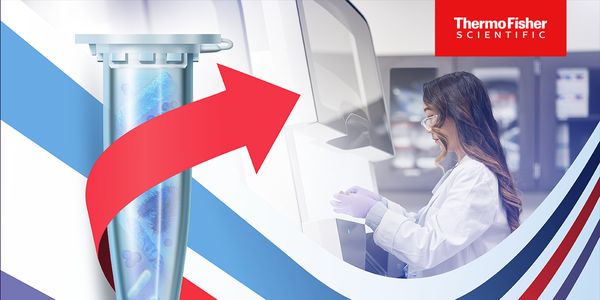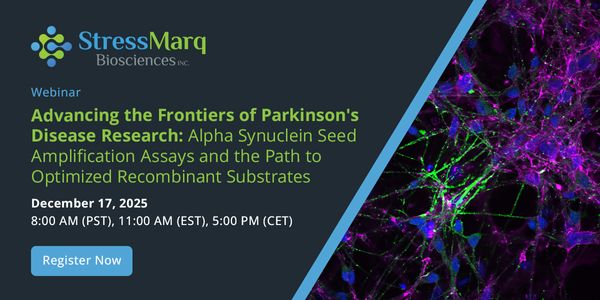Keynote Presentation: Pathogenetic Mechanisms of Neurodevelopmental Disorders Caused by Dysfunction of Intracellular Transport with Live Q&A
Heterotetrameric adaptor protein (AP) complexes play key roles in protein sorting and transport vesicle formation in the endomembrane system of eukaryotic cells. One of these complexes, AP-4, was identified over 20 years ago but, until recently, its function remained unclear. AP-4 associates with the trans-Golgi network (TGN) through interaction with small GTPases of the ARF family. Recent studies identified the autophagy protein ATG9A as a specific AP-4 cargo. Defective export of ATG9A from the TGN in AP-4-deficient cells was shown to reduce ATG9A delivery to pre-autophagosomal structures, impairing autophagosome maturation. In addition, mutations in AP-4-subunit genes were found to cause neurological dysfunction in mice and a form of complicated hereditary spastic paraplegia referred to as 'AP-4-deficiency syndrome' in humans. These findings demonstrated that mammalian AP-4 is required for the development and function of the central nervous system, likely through its role in the sorting of ATG9A for the maintenance of autophagic homeostasis. In my talk, I will review the properties and functions of AP-4, and discuss how they might explain the clinical features of AP-4 deficiency.
Learning Objectives:
1. Classify how adaptor protein (AP) complexes mediate protein sorting to different intracellular compartments.
2. Analyze the connection of the AP-4 complex to autophagy, development of the central nervous system, and neurodevelopmental disease.
3. Express how to go from basic research discoveries to the elucidation of pathogenetic mechanisms and potential therapies.






